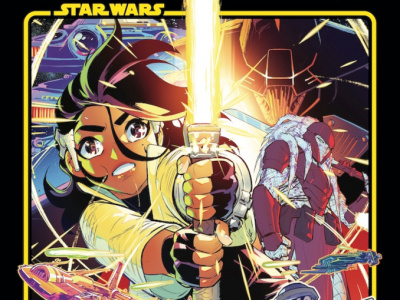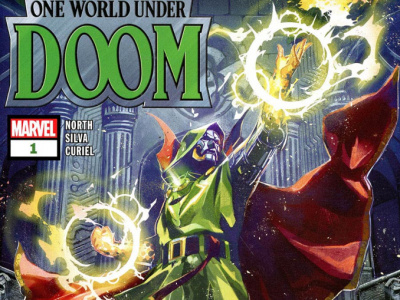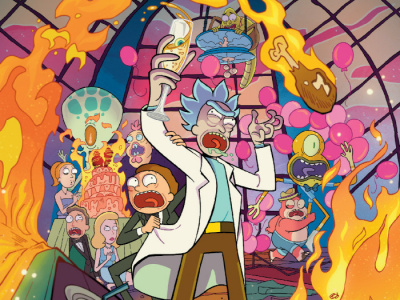Here are ICv2's Top Five Anime Stories of 2001. These rankings are based on the response of our users and our own assessment of the business impact of these events on pop culture retailers.
1.Anime spreads out. While the decline of Pokemon may mean that over-all sales of anime-related merchandise declined in North America in 2001, anime is reaching more deeply into America pop culture in a variety of ways, and seems stronger than ever. Among the few sources of numbers on this phenomenon was Diamond, which said in discussing its mid-year numbers that anime was up 35%, toys were up 25% with the Japanese import business an important reason, and graphic novels, where Dark Horse's retro manga repackagings were at the top of the charts all year, were up 39% vs. the first half of 2000 (see 'Graphic Novels, Anime, Japanese Toys Up in 2001'). Among other observable indicators of the growth of anime were the number of anime and manga producers that increased production in 2001 and plan to do so again next year, the segmentation of anime and manga into ever narrower audiences (e.g., yaoi), the theatrical releases of anime movies (Akira, Metropolis, Blood: The Last Vampire, Vampire Hunter D, Jin Roh), and the increasing number of anime series on American television that represent powerful new merchandising engines (Yu Gi Oh, Medabots, Zoids).
2.Dragon Ball. With three quarters of Cartoon Network's Toonami block, the Dragon Ball/ DBZ property was a big beneficiary this year of the anime axiom that 'Cartoon Network drives sales.' While a lot of those sales were not in pop culture stores, the DBZ CCG was a consistent top game seller, and the comics, videos, and other products provided a steady, if not spectacular, source of revenue. Topping the Lycos 50 list of top searches is one indicator of this property's ubiquity and strength (see 'Dragon Ball Tops Lycos Searches for 2001')
3.Akira Special Edition. It's amazing what a little packaging will do. When the decision was made to release a cleaned-up version of Akira first to theaters and then on DVD, Pioneer figured out that three editions could be sold: A regular edition DVD; the special edition DVD, which had an extra disk with a bunch of DVD goodies; and the limited edition of the special edition, which would come in a tin and be limited to an edition of 100,000. Needless to say, the 100,000 limited editions sold out at wholesale almost immediately and all versions made a lot of best-seller lists (see 'Akira Limited Edition Sold Out').
4.Hidden camera retailer stings. After a New York Times article on anime early in 2001, TV stations across the country did stories on anime in their local communities, some using hidden cameras and underage purchasers to 'sting' unwary retailers (see 'Another TV Station Takes on Anime'). The basic premise of these stories was that this animation was not for children, but was sometimes available to them. It reinforced the necessity (and difficulty) of effective practices of retailers when dealing with products that are unrated or rated according to a variety of proprietary systems (see comics).







